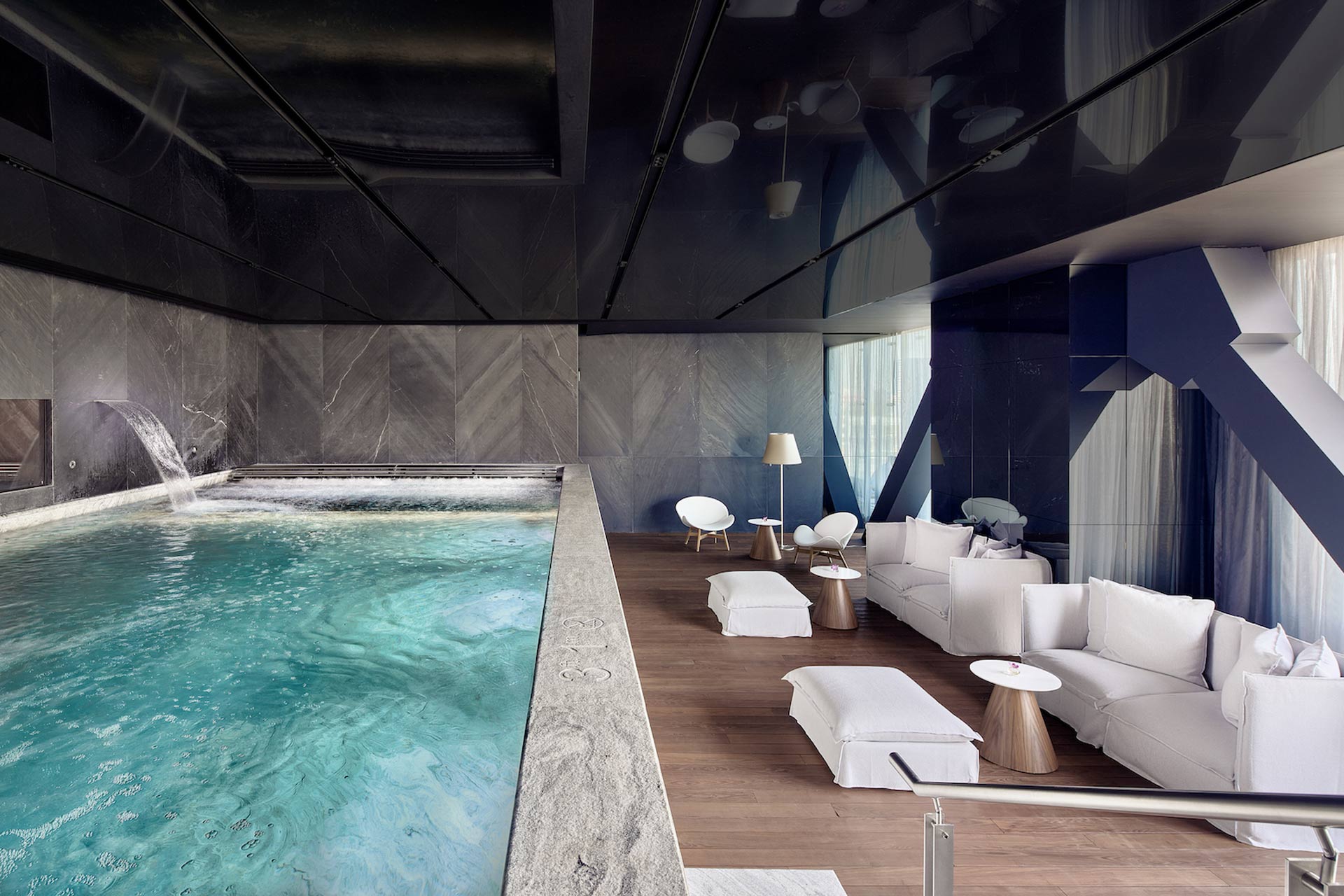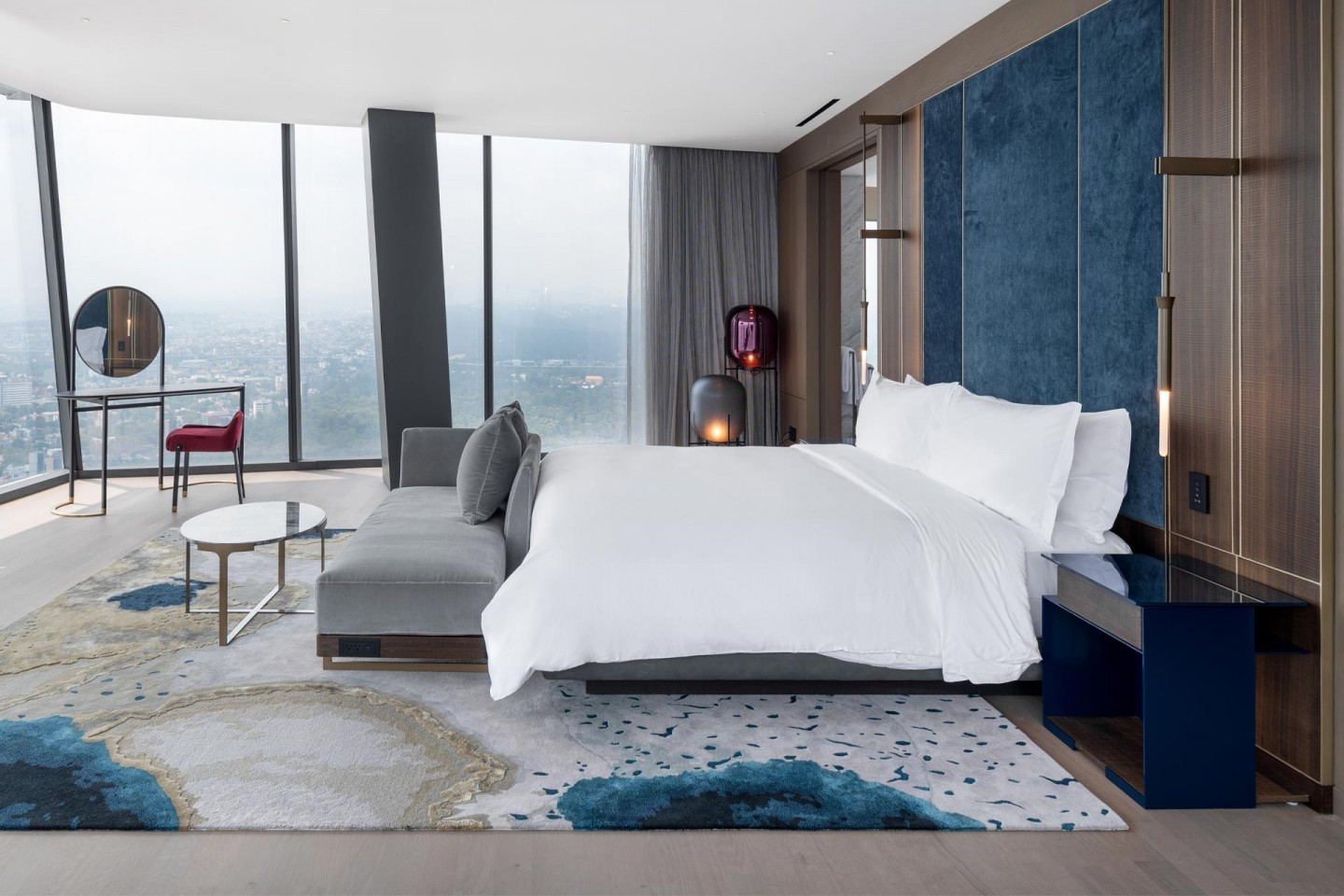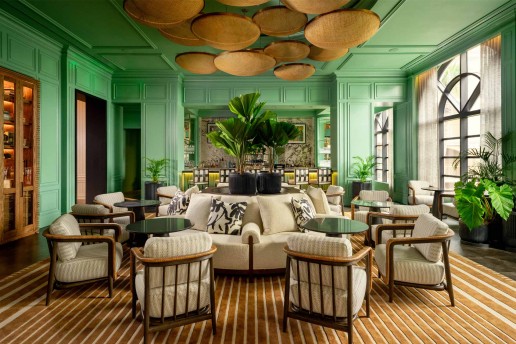Chapi Chapo Design completes The Ritz-Carlton in Mexico City
Envisioned by Chapi Chapo Design, The Ritz-Carlton Mexico City represents a looking glass into the capital’s enchanting past, present and future. Set within a 58-storey tower that soars above the skyline, the property serves as a mirror of its surroundings, uncovering the proud influence of Surrealism by famed Mexican artists like Frida Kahlo, Gunther Gerzso and Leonora Carrington.
It was in Mexico in the 1930s and ’40s that Surrealism’s scope expanded and diversified. Inspired by the Mexicanidad movement, which saw native artists celebrating their indigenous roots in a rejection of Colonial influence, making some of their most visionary work. Like many of these creatives who drew from sources that unlocked buried instincts and emotions, Chapi Chapo Design’s modern scheme steers away from Colonialism in favour of more traditional styles.
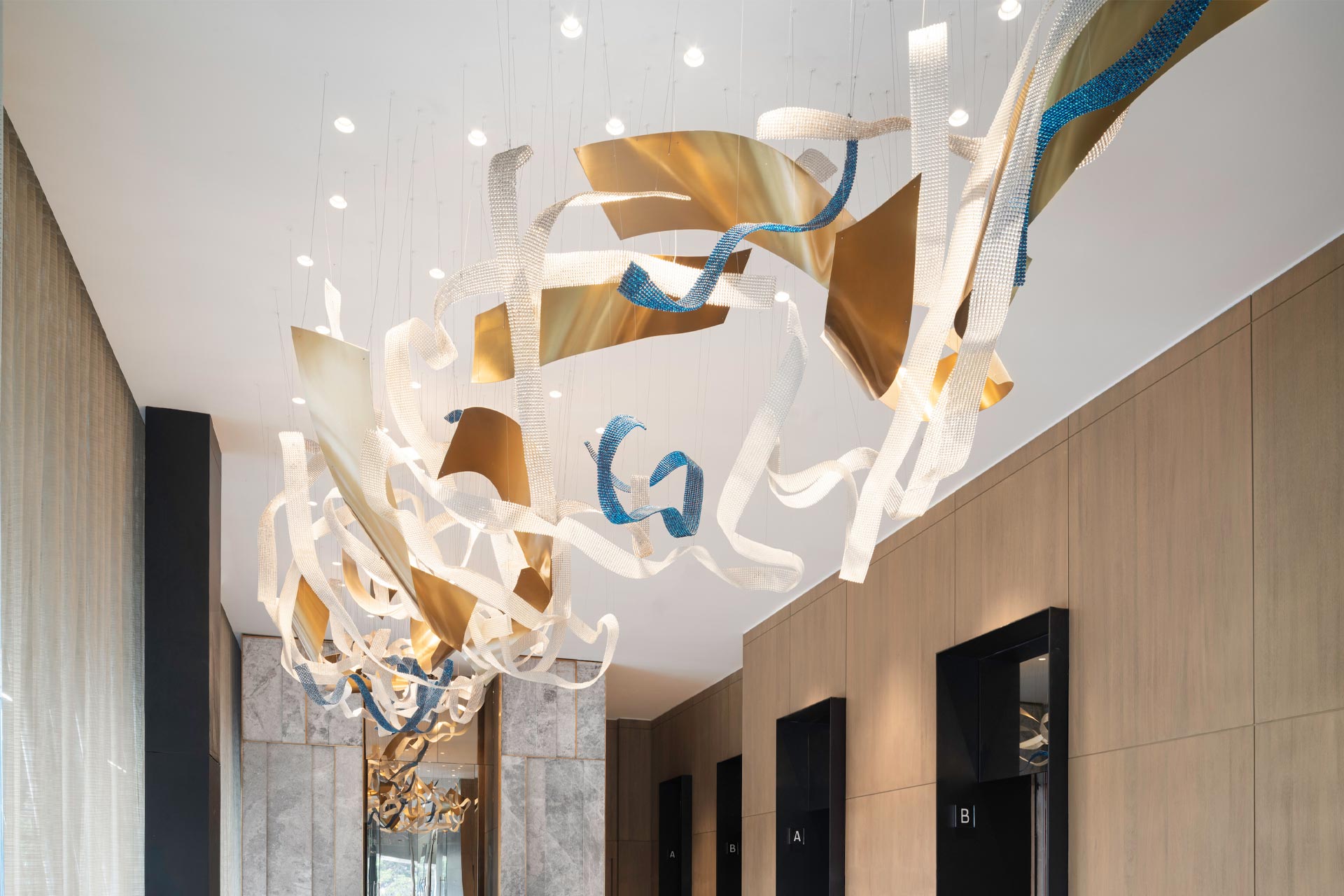
Surrealists were enchanted by the spiritual power of nature and the view from each guestroom’s floor-to-ceiling window allows guests to experience this. One factor that makes Mexico surreal is not only its diverse landscapes but also its mythical storytelling. “Mexico still lives in this magical atmosphere that is meant to clash with the modern ideologies but instead they seem to co-exist in perfect harmony, resulting in a surrealist experience,” wrote Karina Alanis, author of the book Surreal Interpretation of Mexico.
“We didn’t look to forget the past, but rather celebrate it in a modern world,” says Tatiana Sheveleva, Co-Founder and Partner at Chapi Chapo Design. “To create a sense of calm, we also used natural colours and retained the true essence of materials, as not altering them is important in all luxury projects.”
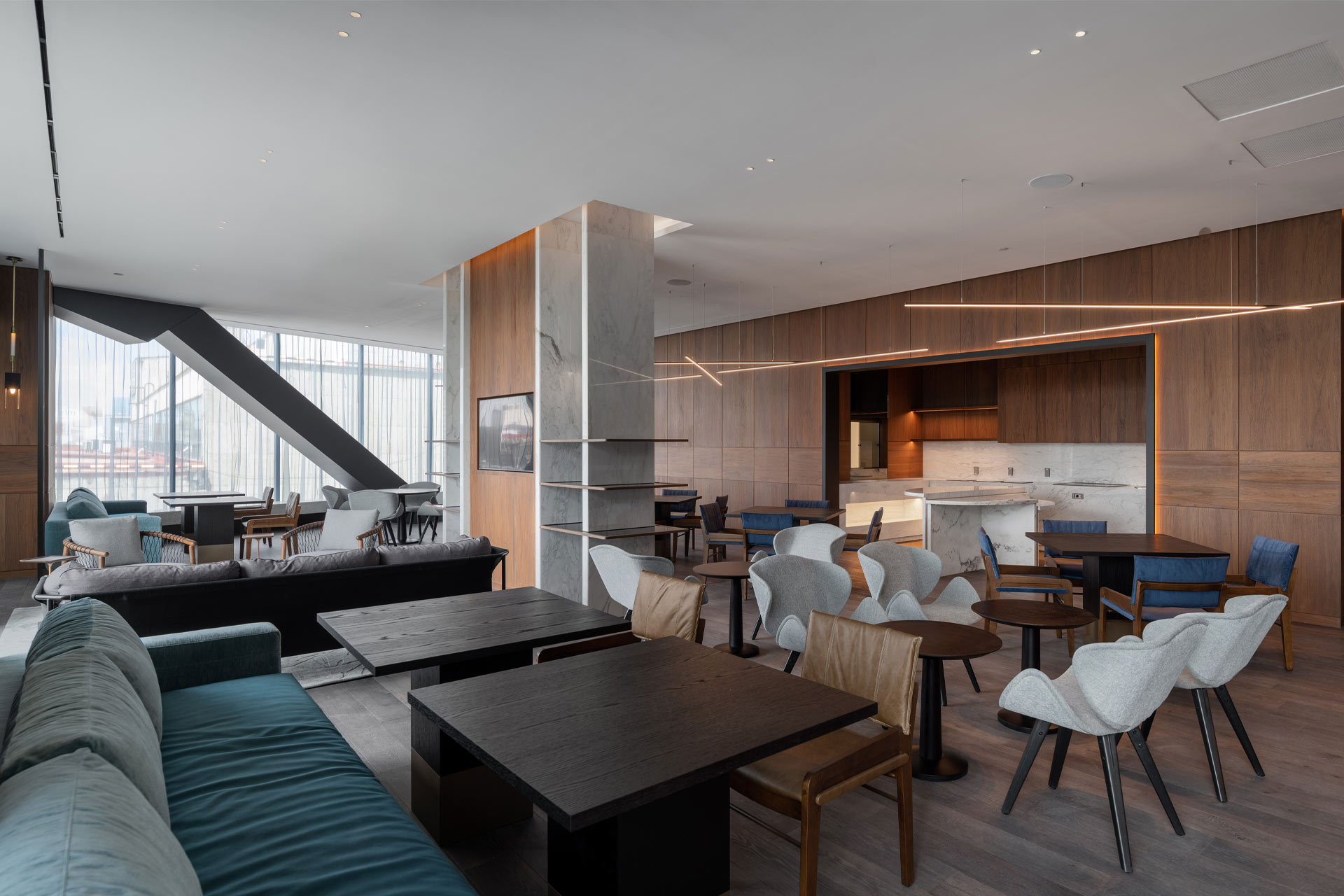
Storytelling, folklore and superstitions are strongly embedded in Mexican culture and brought to life throughout the hotel. Common threads woven within the design offer respect to Tezcatlipoca (Aztec God of Night and Smoking Mirrors) and Mexico’s Dia de Los Muertos (Day of the Dead) which celebrates and welcomes back the spirits of love ones who have passed. Shades of smokey ash and deep blues are woven throughout, while metallic fibres journey between the carpet of each hallway and corridor, allowing the spirits to pass through and greet each guest.
Interior design elements of reflective metals, mirrors and glass act as the juxtaposition of distinct realities to activate the unconscious mind in the hotel’s public areas and guestrooms. These reflective elements distort the surrounding Colonial architecture while inviting them in for the guest to metaphysically experience Mexico City’s rich history, sparking curiosity and a desire to explore the city’s magical culture and meet the people who call it home.
